Grapes Kishmish appeared as a result of natural mutation. Mutating a view was repeatedly subjected to selection, as a result we got a variety with underdeveloped seeds. But Kismish has excellent pollinating properties, so quickly grow up in the garden. Consumers have a special demand for white grapes Kishamis with sugar content above 20%.
The most popular and fruitful varieties of grapes Kishamis
Description sultana grape varieties reduced to any lack of rudiments, berries dense structure and excellent storage. The similarity ends, and can be divided all kinds of sultanas selection on cold-resistant and heat-loving. Many varieties through breeding output for growing in colder regions.
Sultana grapes radiant
Undoubtedly, the most prolific and popular variety characterized srednerosloe bushes. Large pale pink berries with sugar content in the range of 21%, a cluster is also very large. Ripe berries are perfectly transferred to storage and transportation.
Among the shortcomings of pink grapes raisins can be distinguished but not frost-resistant varieties and high yield. Heavy bunches contribute to the fact that the broken branches.
Raisin grapes 342, also referred Hungarian
Sugar content of 19 to 21%, clusters of large berries reach a weight of 2-3 g, this sort of early, but its taste is beyond praise - resilient pulp with a touch of musk, after ripening bunches hanging on the bush for 2 months, it is not port.
Of the advantages Hungarian varieties can withstand frost resistance (to -26 C), and resistance to several diseases, high yield, good digestibility stomach. Due to the frost it is suitable for growing in cold regions, which is unusual for many varieties of raisins.
Cons varieties - the content of the rudiments, damage during prolonged storage in the bush. 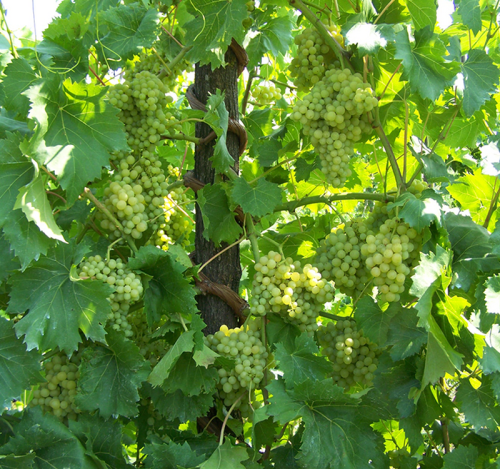
Kishmish Rusbol improved (Elf)
This variety differs massive clusters, which can reach a weight of 1.5 kg. The bush is large, the content of sugar in the berries, 20-22%, grade and early frost. Grade Elf perfectly survive at -25 ° C, it is often recommended for cultivation in the regions in which because of the cold grapes did not take root in principle. To form large clusters, the variety of phosphorus-potassium fertilization.
Among the shortcomings isolate heavy bunches and loose branches which break under the weight of ripe berries. 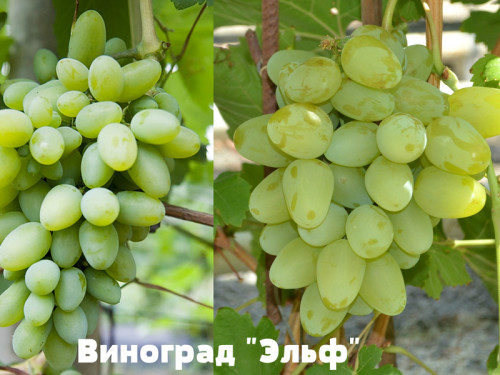
raisins Jupiter
Jupiter - the biggest achievement of the American grape selection. Vines vast and easily reaches the bunch weight of 0.5 kg. Berries differ intensely blue or pink color with a minimum of rudiments and 21% sugar. Withstands temperature -25C, fruiting at 3 years after planting.
Pros - good storage, high yield, resistance to frost, berries that do not crack.
Cons - brittle branches between yields, and small clusters of a large number of berries.
Sultana grapes black
Black Kishmis is a native of Central Asia, is considered the most ancient variety of this type of grapes. Its berries are distinguished by thick blue, and sugar vehicles within 24-27%. Berries are dense with "crispy" skirt, but the grade is not frosting and susceptible to a row of diseases.
Most often, black kishmis is used for the manufacture of dried products. 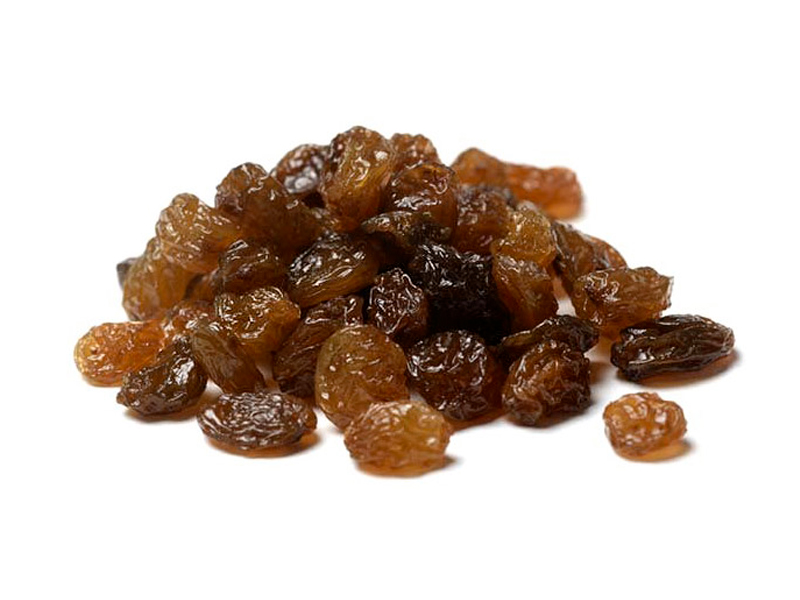
How does the Kishams grape landing?
Before planting seedlings of grapes, Kishams should choose a favorable place. This variety does not like tightness, and it is necessary to plant it near the support. For example, it is ideal for a well-lit place at the fence, the walls of the house, etc. Saplings have 1 m from the fence and at least 2-3 m away from each other. The landing is made at a stable spring temperature, from the third week of April to the third week of May, when the threat of frosts disappears. 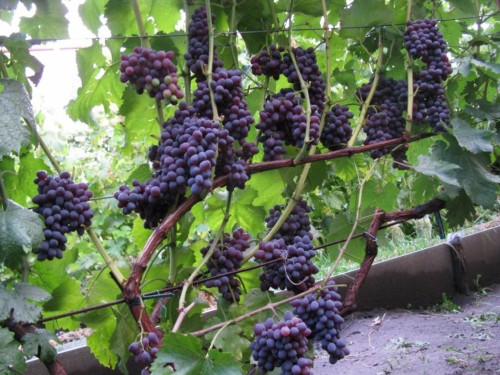
Autumn planting seedlings Kishamis
You can land seedlings in the fall at the beginning of October until the first frosts. The only difference is that the autumn seedlings will have to be careful (to warm, leaving the vine to the ground), and the spring for winter is more or less will come. If you still decided to plant a kishmish in the fall, then on the eve of the cold, cover the seedling with a plastic bottle, with the holes previously done in it. Before the onset of cold weather, seedlings are covered with a cheese, peat or sawdust, during the cold season, the bottle can be replaced by the earth, simply pulling the well with grapes.
Direct planting seedlings in the soil
Pile for seedlings in a depth reach 70 cm, and in diameter 80 cm. Before boarding the bottom, the holes are laid by a layer of drainage, as gravel can act, then a mixture of humus, turf and sand is laid. After that, they stick to the hole in the hole, the seedling transplant and fall asleep the roots of the earth. A good result will further give trimming on 2 eyes, after which it should be watering. Do not forget that after irrigation of the soil requires mulching, and 3 months after landing, the top of each escape is poured.
Care of grapes Kishmish
Trimming
To increase the yield of the variety, the bushes need trimming. The classic option is a long trimming at which it is cut from 8 to 12 eyes. It turns out that by 6 square meters. m. You have about 25 vines, young bushes, of course, require a smaller load that makes up no more than 12 vines.
The formation of the bush is based on 10-12 vines per 1 m of grape heights, pruning is important for the formation of large grapes of 1-2 grapes on escape. Avoid overloading the bush, because they lead to such negative consequences:
- Potash starvation of grapes.
- Slowing ripening berries, reduce their size and flavoring characteristics.
- Berries are cracking, it turns out watery and are stored little.
Experts recommend to cut off the weak vines as far as possible, so that they would not pull the resource of the bush, and in winter, with regular trimming, it is possible to maximize the root system from freezing.
Watering
Any variety kisham needs regular and abundant irrigation, the amount of water directly depends on the type of soil. For chernozem, 5-6 buckets of water are required, for the earth with a predominance of sand 8-9 buckets. Gardeners who are already growing kishmish, argue that each bush requires about 15 liters of water in 3-4 days.
2 weeks before the vintage, the watering activity comes down to a minimum, the land between the bushes is slightly irrigated to raise humidity. By the way, in summer days on drip irrigation, grapes reacts perfectly. 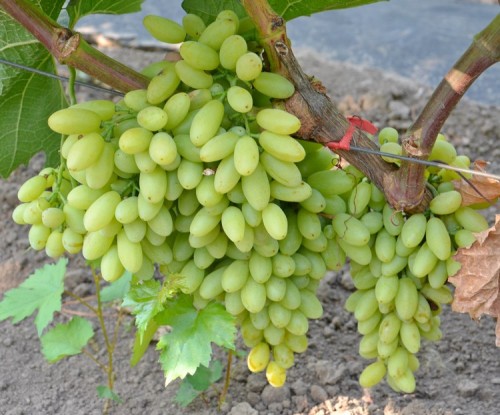
Podchar
To increase the green mass at the beginning of the season, nitrogen fertilizer is made, further, planfol (first read the instructions). During the season, such a fertilizer complex is recommended:
- Sulfate.
- Monophosphate potassium.
- Magnesium sulphate.
The feeder is brought in the zone of three sheets on the eve of flowering. Grapes do not like the reconciliation: gifting vines, especially in the early years of cultivation, the development of the bush is inhibited.
Grape diseases Kishamis with photos and their prevention
Most of the varieties of Kishamis refers to early aging, thanks to which Milda will pass. But grapes may be subject to attacks of diseases and parasites:
- In the spring, they carry out the processing of the Bordeaux mixture, during trimming, I do not allow infection or dirt into the place of the outbreak.
- It is subject to attacks of OS, for the fishing of which traps or safe substances are used, which spray the vineyard. Perfectly distinguishes the OS weekly spraying with vinegar berries, smoke smoke, and a sugar syrup, mixed with chlorofosoma be added to traps. The latter method is a boric acid, which is poured on the jam.
- If small black dots appeared on the lower sheets, then Kishamis is subjected to the attacks of the web tick. For processing from this pest, insecticides are used, not allowing the spread of the tick to the tops of the bush.
- In the root system of grapes, they love to live larvae of the May beetles. Before boarding, the land is good if there are larvae - select them, because they damage the roots of the bush.
- Lasters are caterpillars, damaging berries and grape sheets. Complex insecticides are used to combat them.
You define the presence of these pests by the condition of the bush. If he is more without a reason, then it can be in a lack of water, light or pests, which is not unclear. Different grapes suffer from different diseases, the treatment of each of them individually.
Summing up, it is worth saying that Kishmish is a beautiful view of a grape that is easy to grow. Due to the achievement of modern breeding, you can choose a variety of a region that plays a fundamental role in the fruitiness and the growing of the vineyard. For the southern regions, black and radiant grade is well suited for regions with a harsh climate of Sortness Jupiter, Elf and 342. In the northern regions for warming of varieties, serious preparation is required, and in southes it is enough to cover the land of the earth and 1 layer of agrovocus, which will ensure excellent wintering. In any case, after 2-3 years you will get a crop of delicious freight grapes.

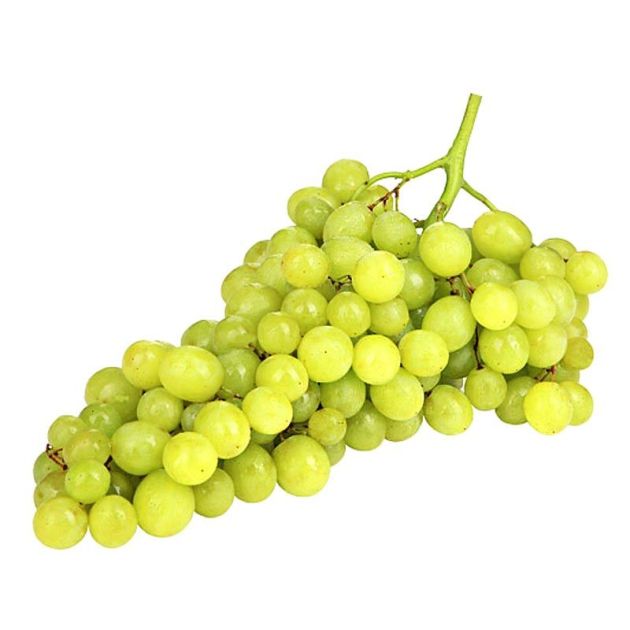
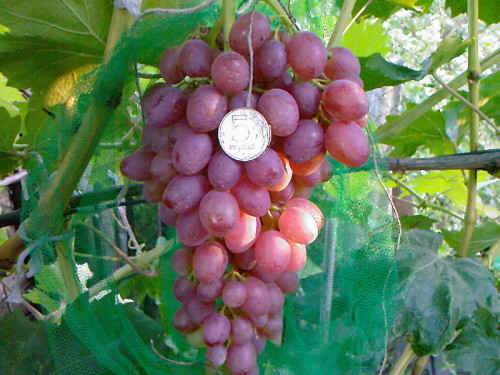
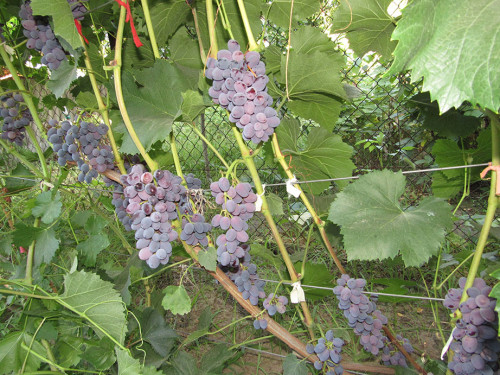
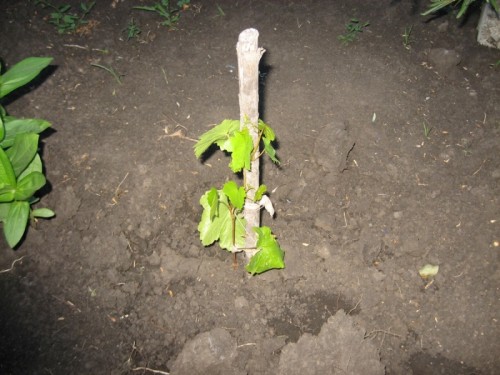
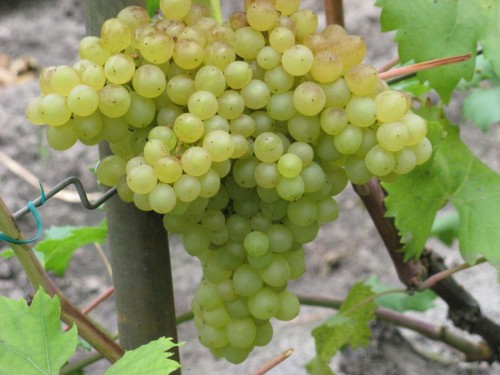
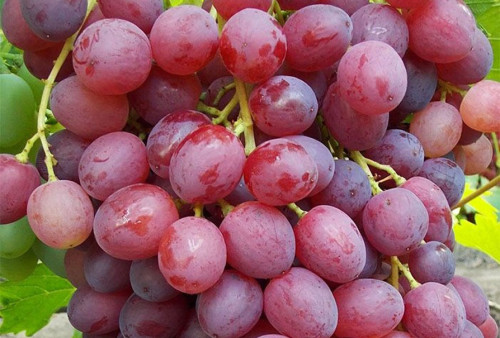












 Start a discussion ...
Start a discussion ...